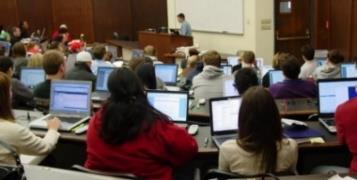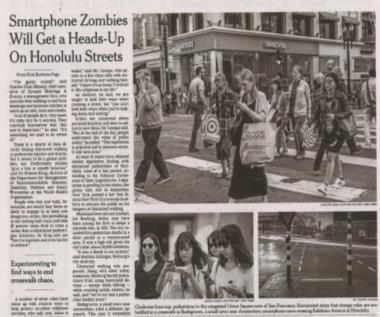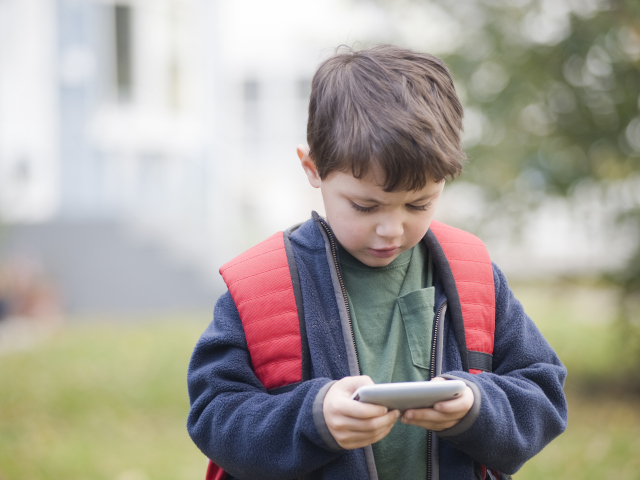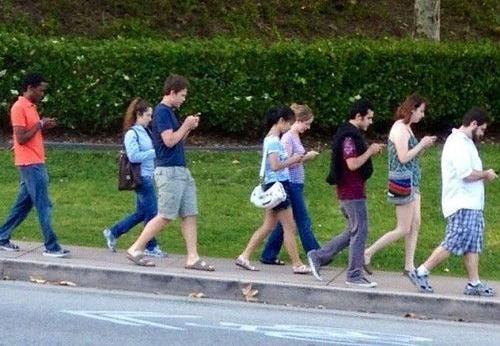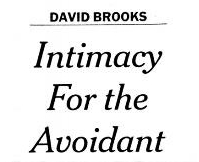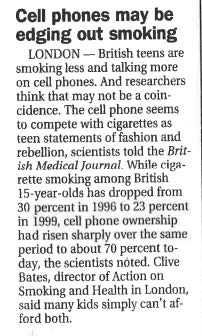INTRODUCTION: RECOGNITION OF A SOCIETAL ISSUE
The increased dependence of college students on digital electronic media, primarily smartphones and laptop computers, is raising concerns among researchers in mental health, education, sociology, and computer science. The number of published studies on the adverse impact of excessive use of digital devices on learning, attention span, relationships, civility, and health is increasing.
Greenfield1, 2 and Orzack,3, 4, 5 who each studied and treated Internet and computer addiction, were among the earliest to write about the issue in the 1990s.6
In order to summarize the research findings on the impact of digital media use on the health and well being of college students, we searched the following databases for articles published between 1995 and 2017: PubMed, Science Direct, PsycINFO, PsycARTICLES, and Education Full Text.
We are calling the constant attachment to technology digital media addiction , which is used interchangeably with social media addiction or technology addiction . Other terms that have been used to describe this phenomenon include problematic computer use7 and an inability to remove oneself from the Internet.8




